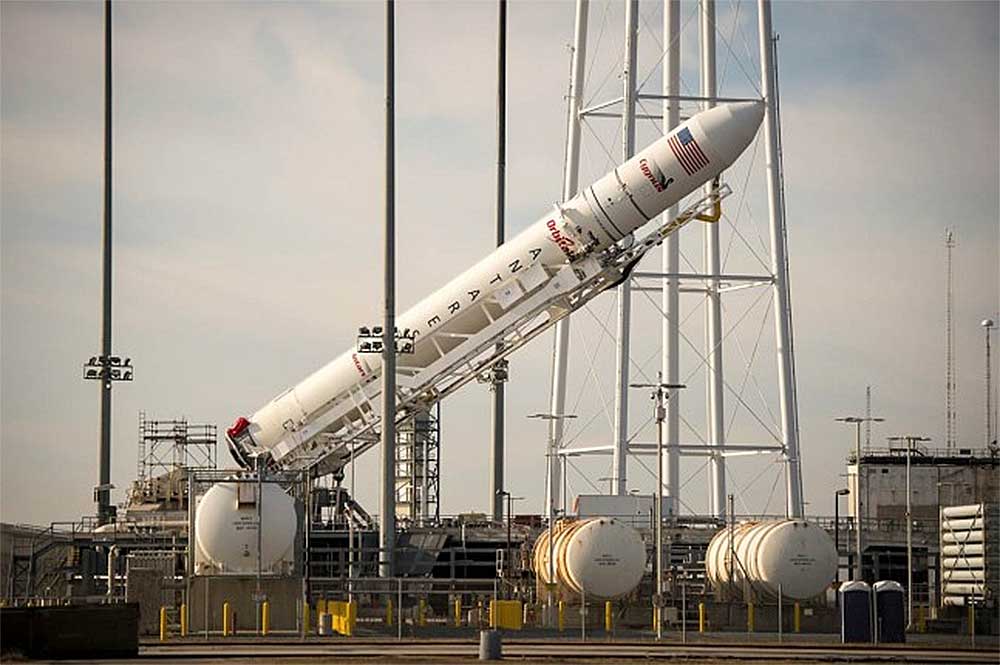Atlas V Launched To International Space Station — Sunday Rocket Launch
A much-needed grocery delivery is about to arrive at the International Space Station, for the first time in almost eight months.
Orbital ATK on Sunday launched its Cygnus cargo ship to resupply astronauts at the International Space Station, one year after a sudden rocket accident delivered a setback to commercial spaceflight.
Orbital bought another company’s rocket, the veteran Atlas 5, for this supply mission.
Sunday is try four for the unmanned Atlas rocket at Cape Canaveral, Florida. This is its first station mission.
Orbital ATK has contracted a second Cygnus to fly on an Atlas in March 2016 on the OA-6 mission.
Supplies at the station are running low due to several failed delivery runs and botched rocket launches. Apart from the Antares Cygnus launch previous year, a Russian Progress ship failed to communicate with its mothership and has fallen back to Earth, burning up in the atmosphere. But it picked up the slack and has another resupply mission scheduled just before Christmas; Japan has chipped in as well. The Cygnus is carrying more than 7,000 pounds of cargo. However, according to NASA’s space station program manager, Kirk Shireman, this has not been a critical situation at all.
Also aboard the newest Cygnus capsule: clothes, toiletries, spacewalking gear, air-supply tanks and science experiments.
To NASA’s relief, the weather cooperated after three days of high wind and cloudy skies that kept the Atlas V rocket firmly on the ground.
The Atlas V launch vehicle lifts off from Cape Canaveral Air Force Station carrying a Cygnus resupply spacecraft to the International Space Station. And to our NASA customer, here we come.
It was the company’s first failure since making the first commercial space station shipment in 2012. Europe flew its fifth and final ATV cargo capsule in August.
NASA aims to keep a six-month supply of food aboard the ISS. This was the 60th ULA Atlas V launch using Orbital ATK-built composite structures. Normally used for hefty satellite launches, it is the mighty successor to the Atlas used to put John Glenn into orbit in 1962.
Astronauts will use the Canadian-made robotic arm to grapple the spacecraft at around 6:10 am (1110 GMT), NASA said. The companies, Orbital ATK and SpaceX, are the only two U.S. enterprises that can send spacecraft to the station.
SpaceX is preparing its own spacecraft combination – Falcon 9 and Crew Dragon – to carry astronauts to the station in the near future.
2015 has been a hard year for the mission.








